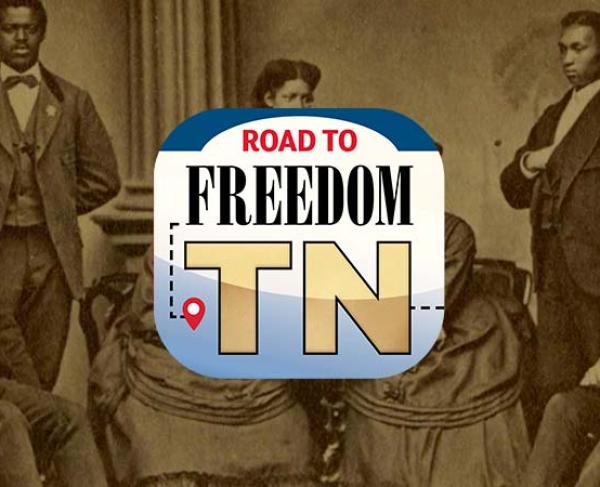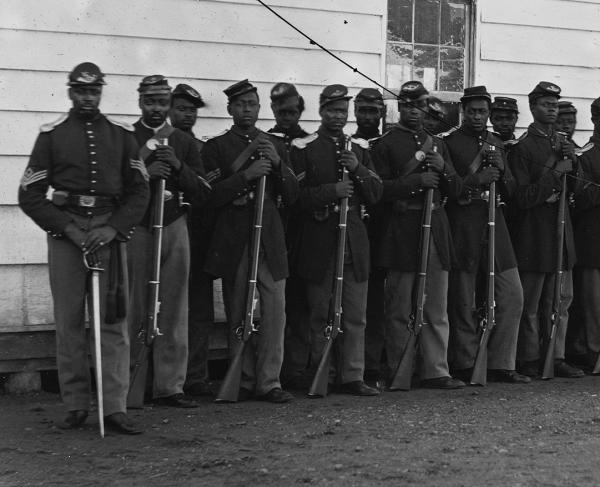Andrew Johnson National Historic Site
Tennessee
101 N. College Street
Greenville, TN 37743
United States
This heritage site is a part of the American Battlefield Trust's Road to Freedom: Tennessee Tour Guide app, which showcases sites integral to the Black experience during the Civil War era. Download the FREE app now.
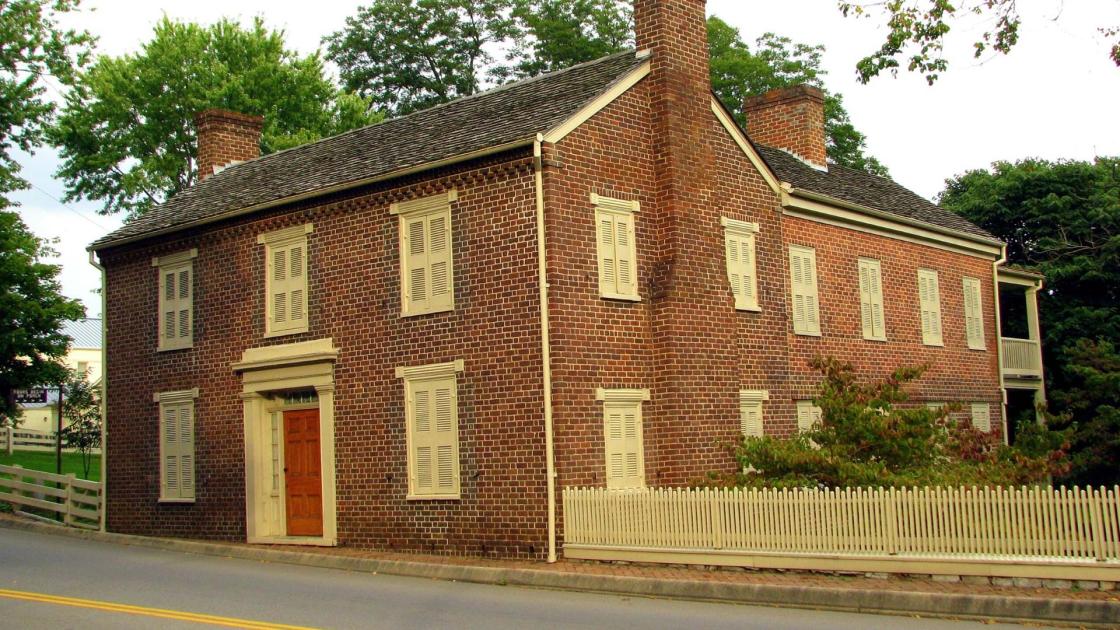
How did a tailor living in Greeneville, Tennessee, rise to the highest position in the land, only to be only to be subsequently impeached by the House of Representatives in 1868?
The Andrew Johnson National Historic Site attempts to tell the tale of Johnson’s ill-fated presidency — while preserving his two homes, tailor shop, and grave site in Greeneville, Tennessee.
Although he was born into poverty, Johnson’s successful election to the Tennessee House of Representatives led him to purchase two enslaved teenagers: Dolly and her half-brother Sam. As Johnson’s economic and political standings increased, so did the number of enslaved individuals on his property. According to the 1850 and 1860 slave schedules, Johnson owned five enslaved individuals: Sam, Dolly, Liz, Florence and William. And, during the early years of the war, Johnson — Tennessee’s military governor at the time — successfully persuaded Lincoln to exclude Tennessee from the consequences of the Emancipation Proclamation on January 1, 1863.
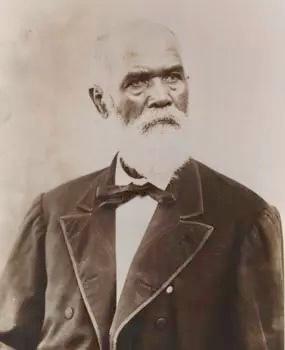
Johnson, like many slave owners, claimed to be “benevolent.” His writings suggest he viewed his enslaved individuals through a paternalistic lens. This “fatherly” treatment may have also stemmed from the potential that he was the father of Liz, Florence and William. His alleged relationship with Dolly is an example of the cruel power imbalances of slavery. Sam was particularly vocal in his feelings regarding his servitude: Supposedly, he told Eliza Johnson that he would “be damned” to work without pay.
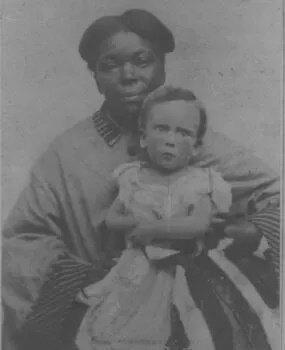
It wasn’t until August 8, 1863, when Johnson personally freed his own slaves, that emancipation was finally acknowledged across the state. August 8th became recognized as Emancipation Day in Tennessee — also known as Freedom Day — and was celebrated in Greeneville.
While Johnson may have viewed Sam, Dolly, Liz, Florence and William as part of his family, his Reconstruction policies were detrimental to the African American community. His home, now the Andrew Johnson National Historic Site, is a testament to this conflicted legacy.
Know before you go
Check out the official National Park Service page for Andrew Johnson National Historic Site
